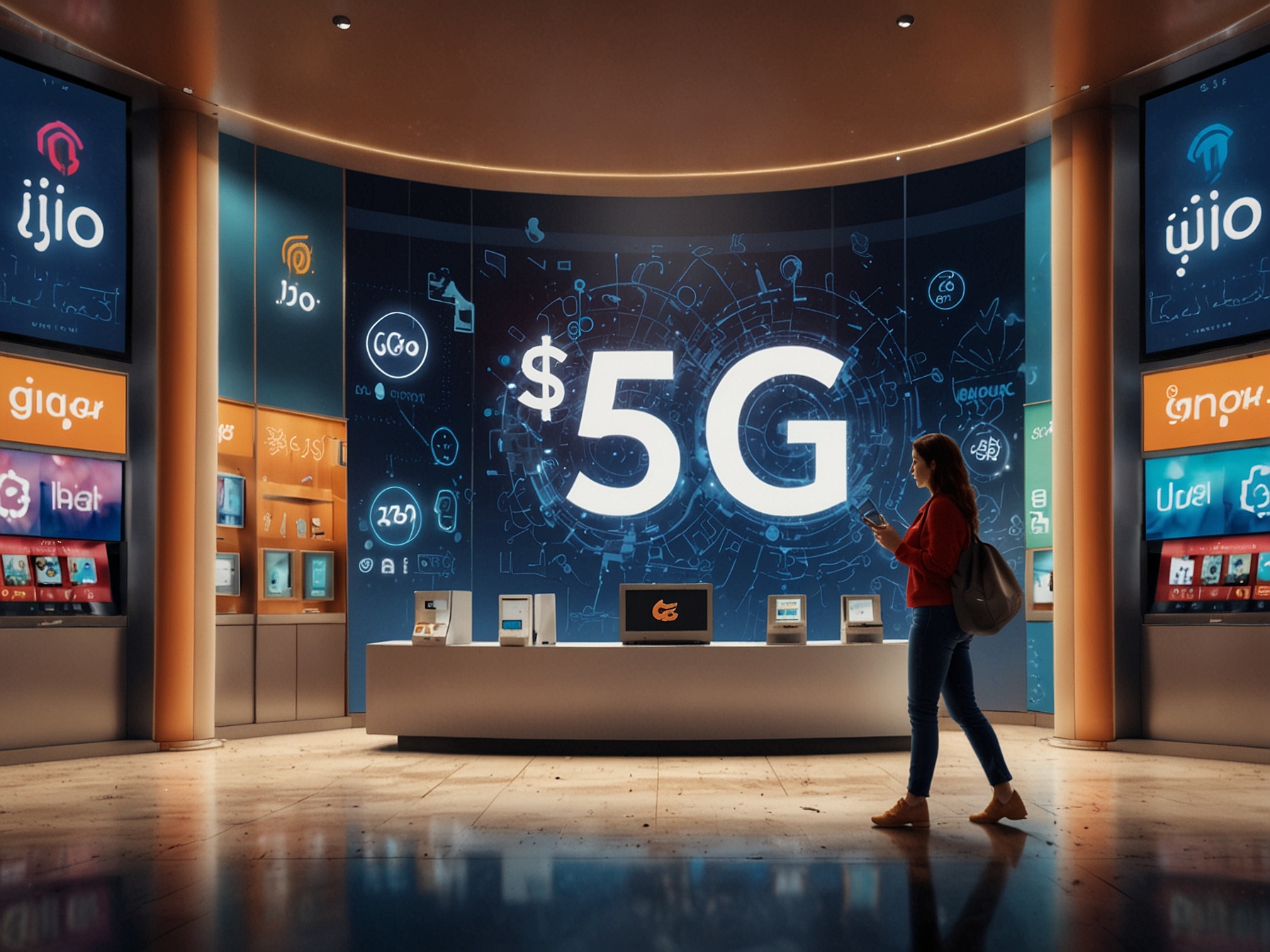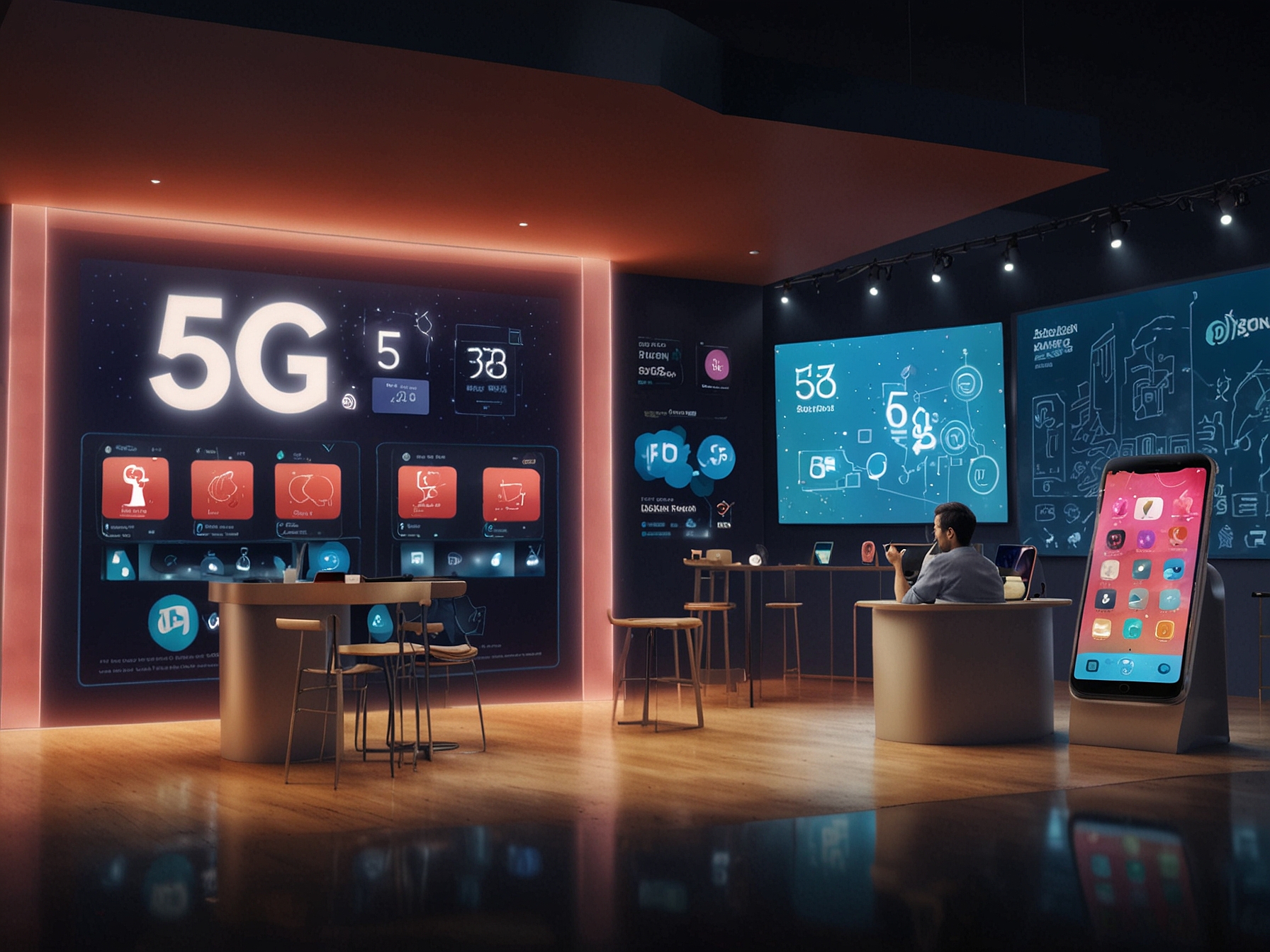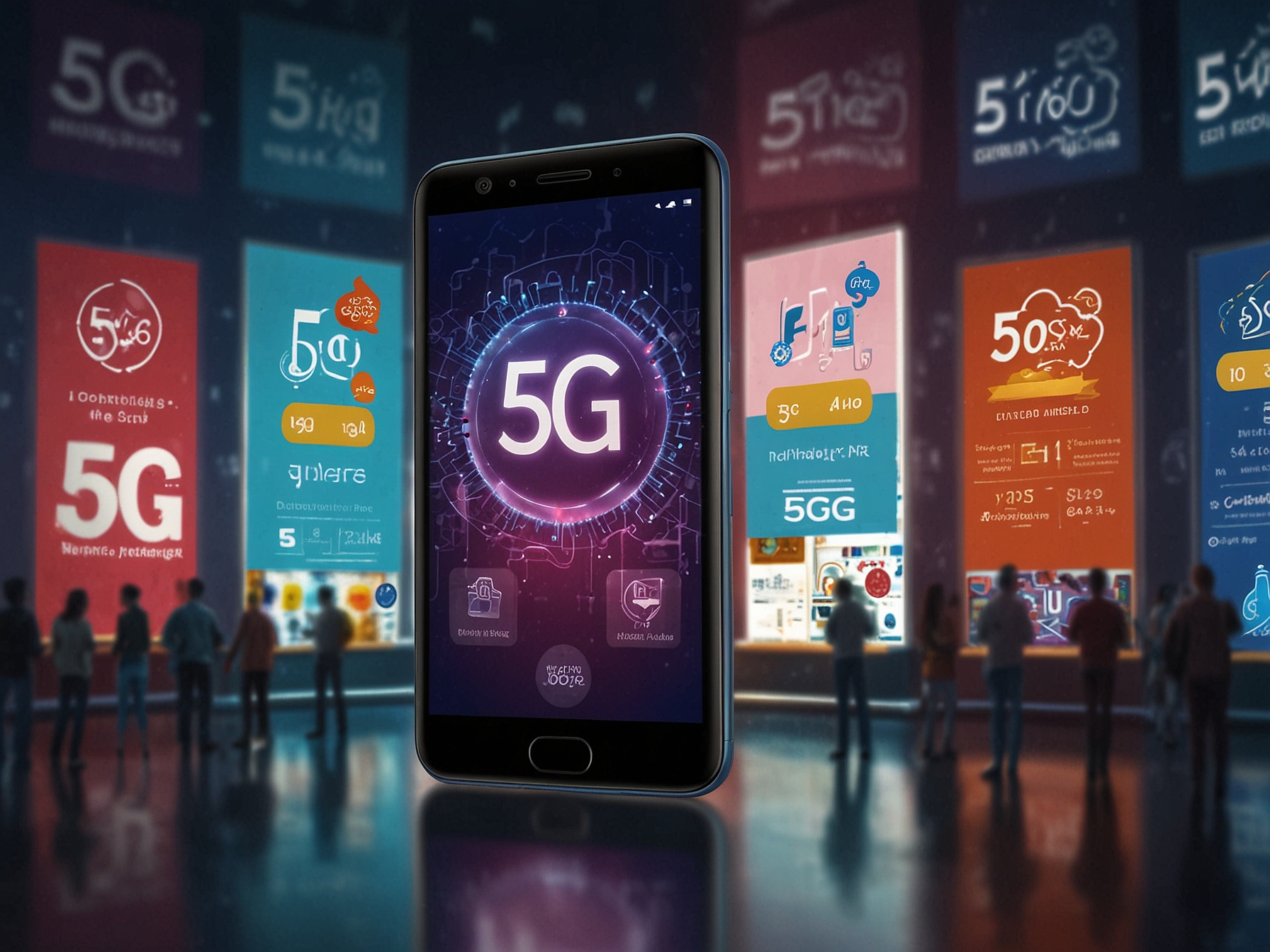### Welcome Offers and Free Data
Jio recently shook up the telecom sector with its latest offers. When they launched 5G, there was excitement in the air. Jio’s surprise? Free 5G data for anyone who spent more than ₹239 on a recharge.

But let’s pause for a moment. What does this mean for existing 4G users? Well, anyone using a 4G smartphone can now access the blazing speeds of 5G, provided they meet certain criteria. The company initially aimed to get everyone on board. But is it truly that simple?
### Plan Restrictions
As the buzz faded, Jio introduced some restrictions. Now, unlimited 5G data is available only to those on specific plans. Take the ₹349 plan, for instance. It allows for unrestrained data usage, which is enticing. But what about the users who prefer cheaper plans?

The numbers paint a curious picture. Without a plan that offers at least 2GB daily data, users find themselves in a bit of a bind. Suddenly, 5G feels less accessible for budget-conscious subscribers.
### The New Data Boosters
To address this gap, Jio rolled out booster plans. For as low as ₹51, users can now enjoy 5G benefits with much lower data commitments than before.

These plans appear to cater to a wider audience, appealing to casual users. For someone who only needs connectivity but still craves speed, these booster plans feel like a lifeline. But do they offer real value?
### The New ₹601 Voucher
The buzz continues. Recently, Jio introduced a ₹601 voucher. This voucher promises one year of unlimited 5G data.
This is more than just a financial maneuver; it’s a thoughtful response to user needs. With easy activation through the Jio app, it seems approachable. And gifting others this voucher? That’s a clever twist on consumer engagement.
### Final Thoughts
Jio is clearly making strides. They aim to expand 5G access to as many users as possible. Yet, the restrictions raise some eyebrows. Are these moves aligning with consumer desires or merely a way to segment the market?
In conclusion, as Jio navigates this evolving landscape, customers are left pondering. What will be the long-term effects of these plans? And will they truly reshape how we view data usage forever? This is a fascinating development for anyone who loves technology.




